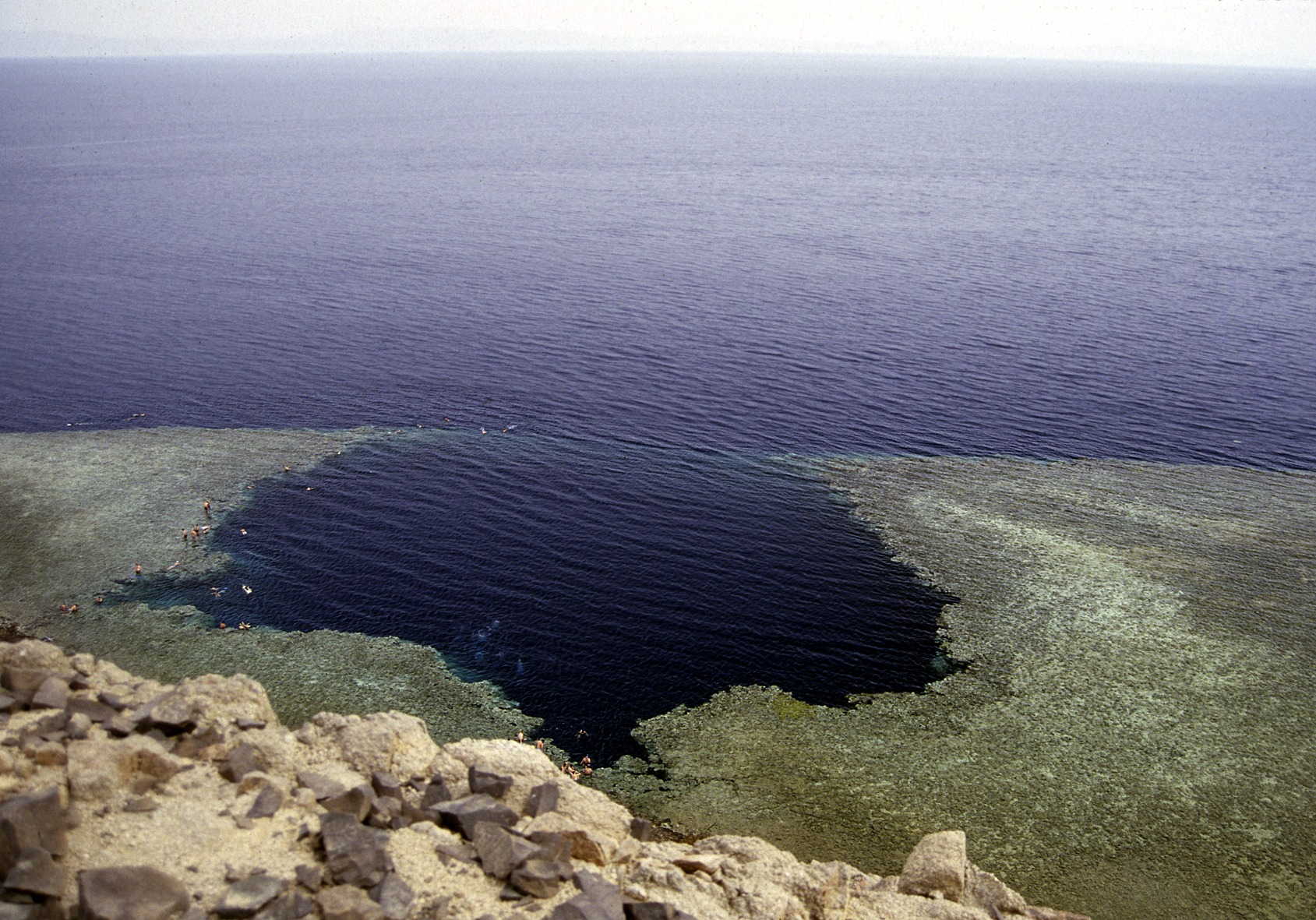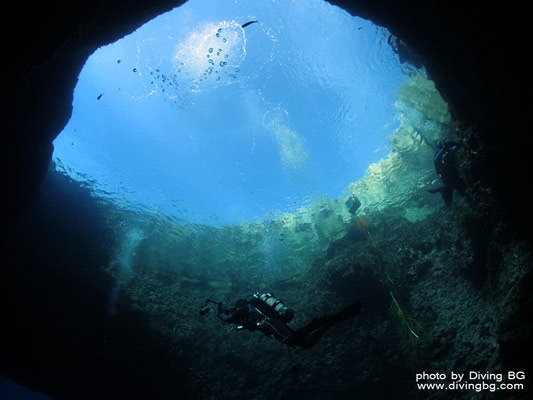The Great Blue Hole is a natural wonder located off the coast of Belize, near the center of Lighthouse Reef, a small atoll that is approximately 70 kilometers (43 miles) away from the mainland and Belize City. This marine sinkhole is circular in shape, measuring 318 meters (1,043 feet) across and 124 meters (407 feet) deep.
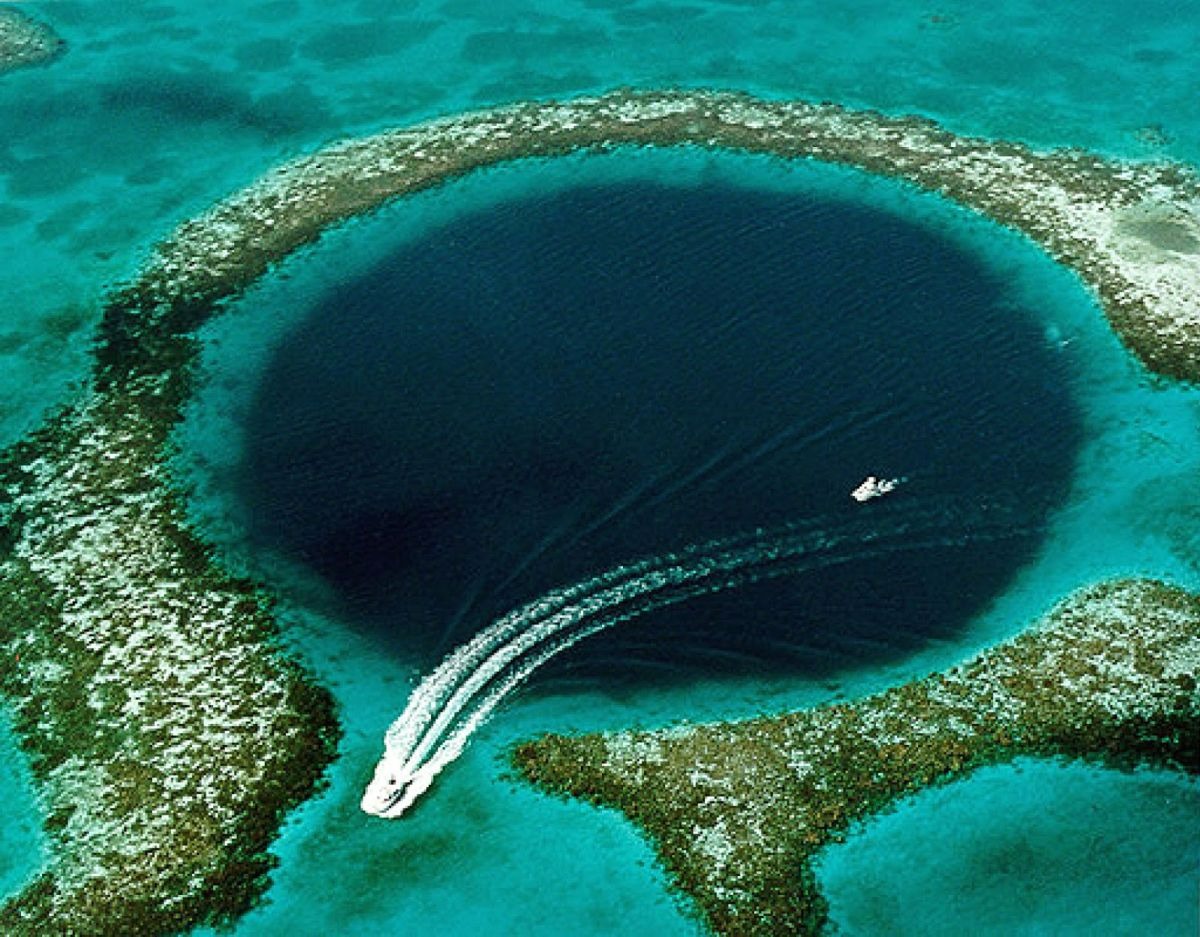
The Great Blue Hole was formed during several episodes of Quaternary glaciation, a period when sea levels were much lower than they are today. As a result of these glaciations, large ice sheets formed in the polar regions, causing a significant reduction in the volume of water in the oceans. This caused the sea levels to drop, and exposed the continental shelf in the region where the Great Blue Hole is located.
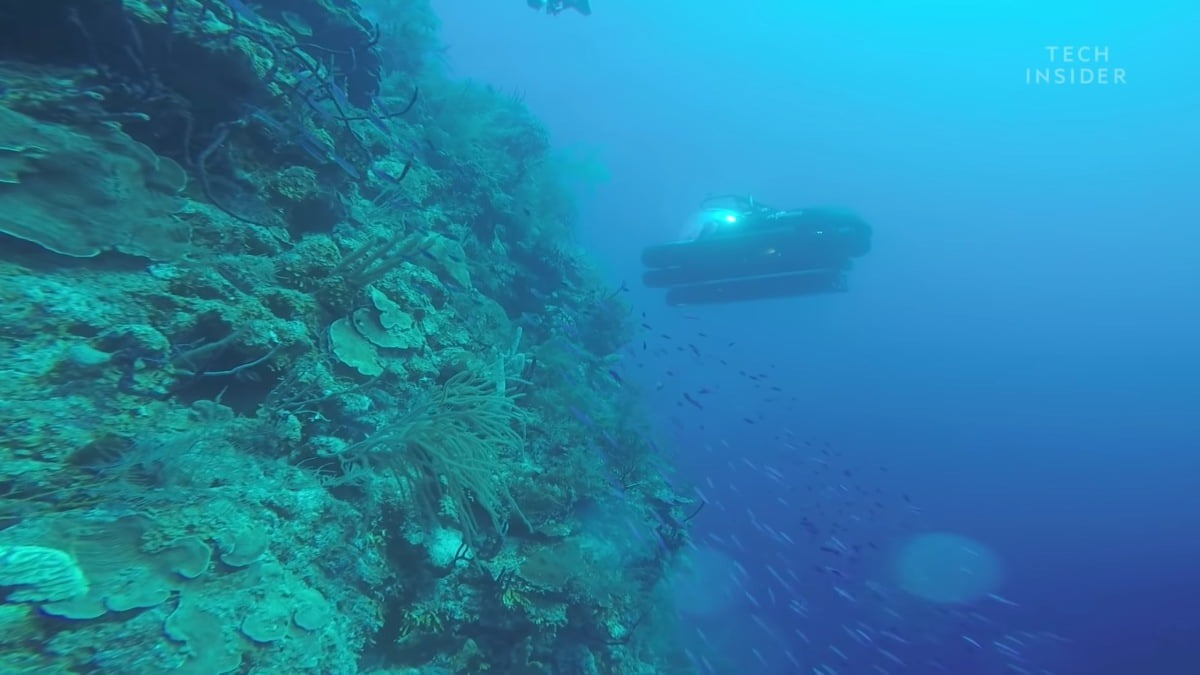
Scuba divers and snorkelers have been exploring the surface waters of the Great Blue Hole for decades, but very few explorers have dared to venture deeper and explore what lies at the bottom. The first attempt to map the hole in its entirety was by Jacques Cousteau in 1971. Cousteau brought his ship, the Calypso, to the hole to chart its depths. His investigations confirmed the Great Blue Hole’s origin as a typical karst limestone formation, formed before rises in sea level.
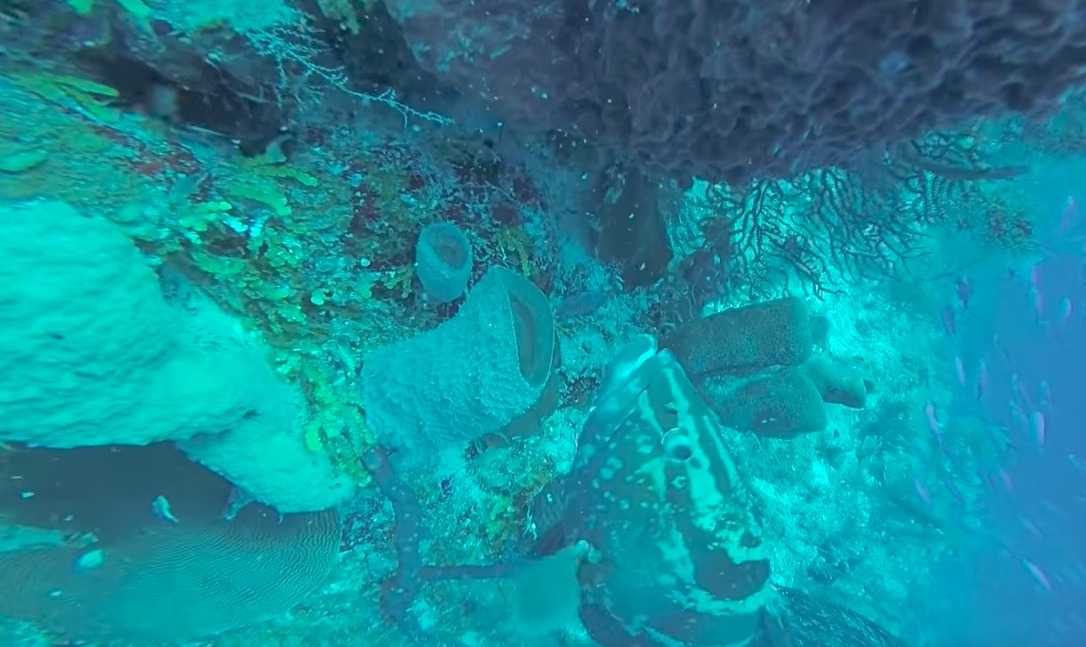
In the winter of 2018, a crew from Aquatica Submarines ventured to the bottom of the Great Blue Hole in an attempt to map its interior. During their descent, they first encountered the usual suspects, such as reef sharks, turtles, and giant corals. However, as they reached 90 meters, life started to disappear. The culprit was a thick layer of toxic hydrogen sulfide spanning the width of the entire sinkhole like a floating blanket.
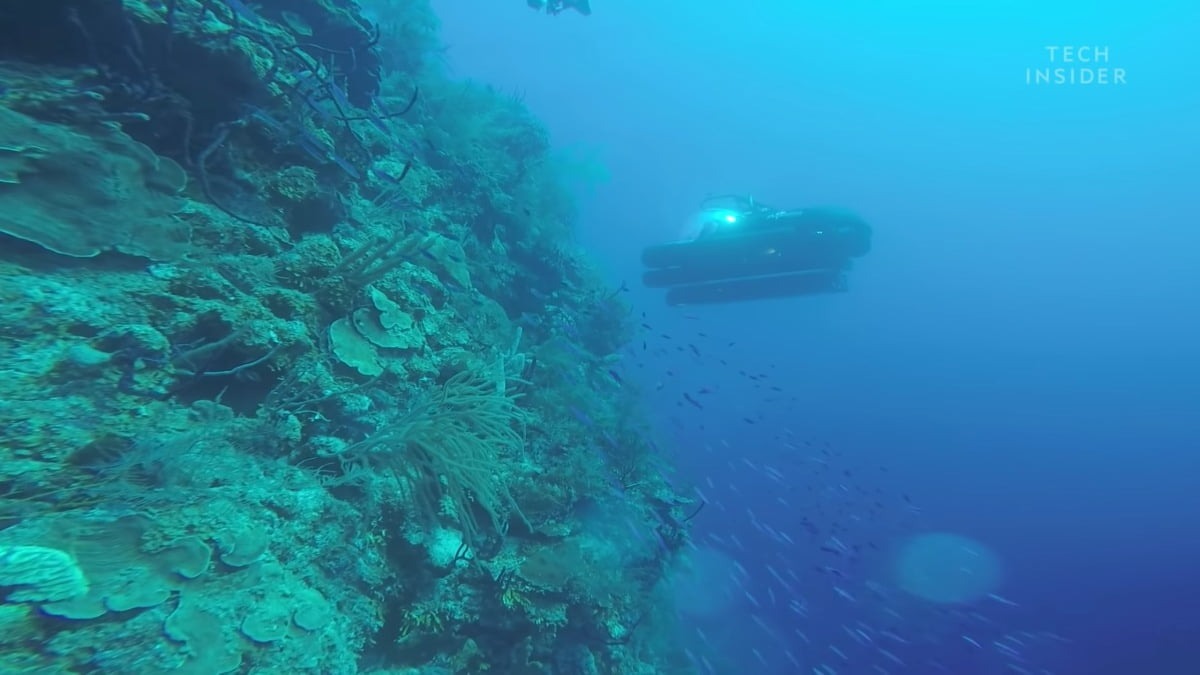
Below that point, there is no oxygen, no life, only a graveyard of conch shells and hermit crabs that had fallen into the hole and suffocated. When the crew ventured further towards the bottom of the hole, around 120 meters deep, they found something they did not expect: small stalactites. This surprise gave scientists clues to the hole’s ancient past.
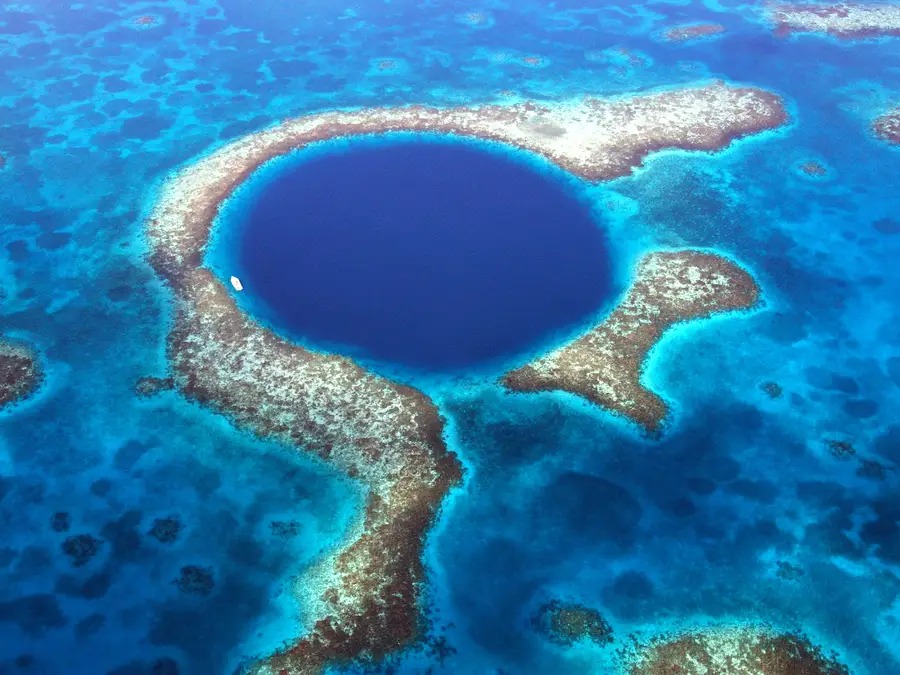
Stalactites can only form because water is dripping down stone. Therefore, scientists concluded that this was a big, dry cave during a really prolific era on Earth, so there were probably lots of stuff living in it. They believe the cave formed during the last Ice Age, which ended about 14,000 years ago, when sea levels began to rise. At that point, the cave flooded and collapsed, leaving behind the Blue Hole we see today. Researchers think that other marine sinkholes, like Dragon Hole in the South China Sea, and Dean’s Blue Hole in the Bahamas, probably formed the same way.
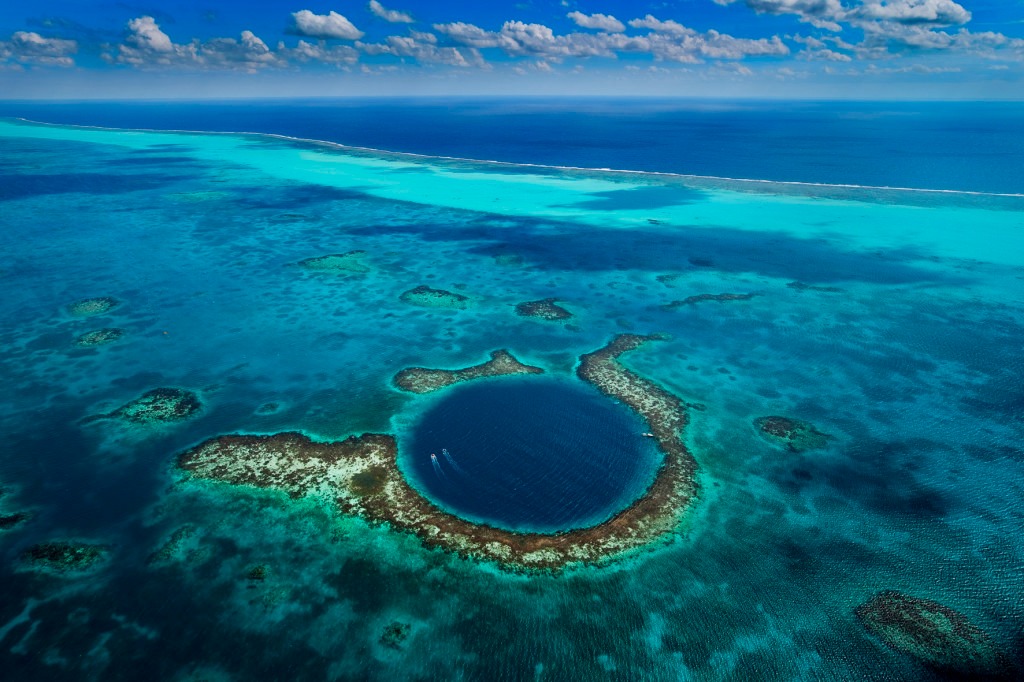
As the team continued to explore the bottom of the hole, they found a 2-liter Coke bottle and a lost GoPro containing some vacation photos. But that was not all. They also encountered two of the probable three people who have been lost in the Blue Hole. Yet, they decided they wouldn’t attempt any recovery. It’s very dark and peaceful down there, so they just let them stay at their eternal resting place.
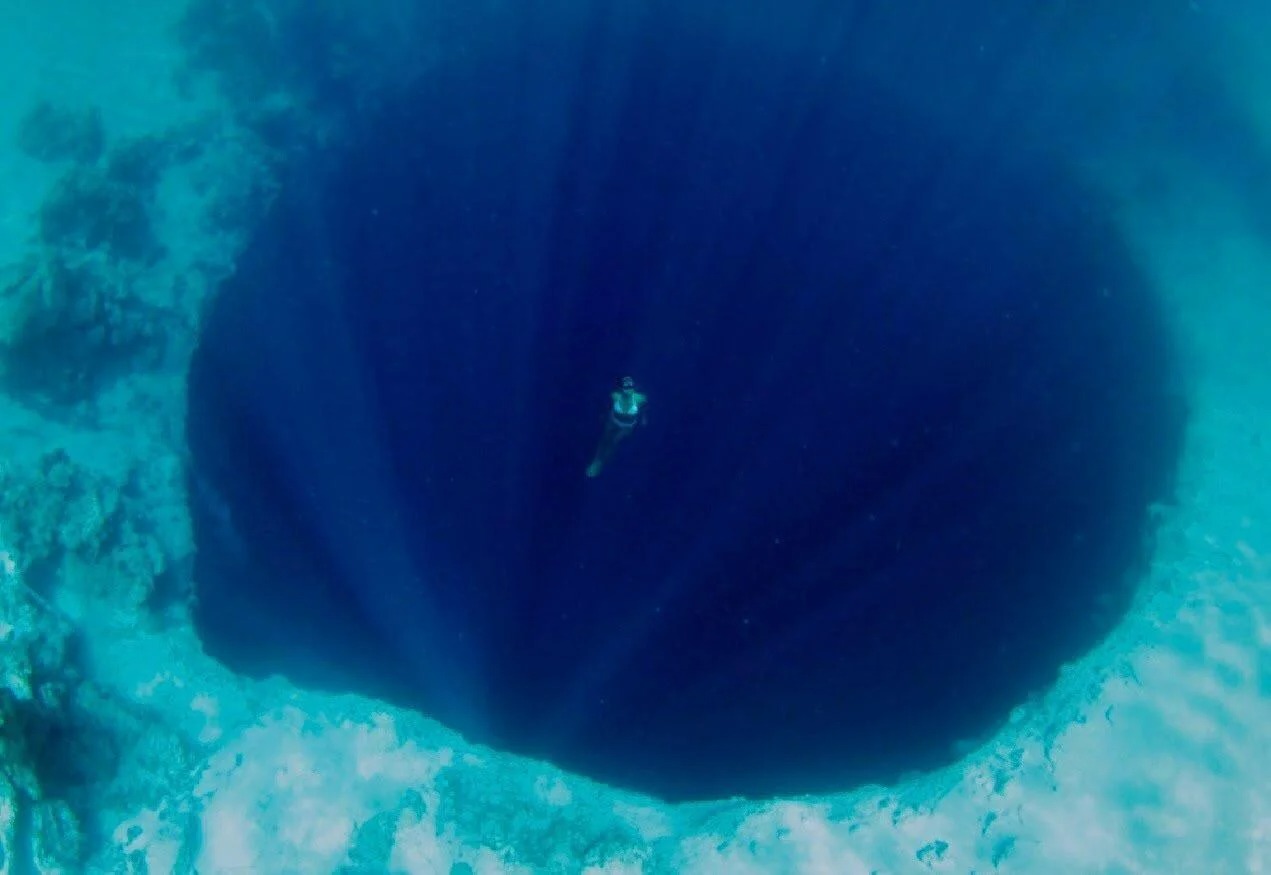
Despite its natural beauty and intrigue, scientists predict that the Great Blue Hole won’t last forever. Over time, the sinkhole will continue to erode and collapse, eventually becoming a shallow bay. However, for now, it remains a popular destination for divers and scientists alike, providing a glimpse into the Earth’s ancient past and the mysteries of the ocean depths.
